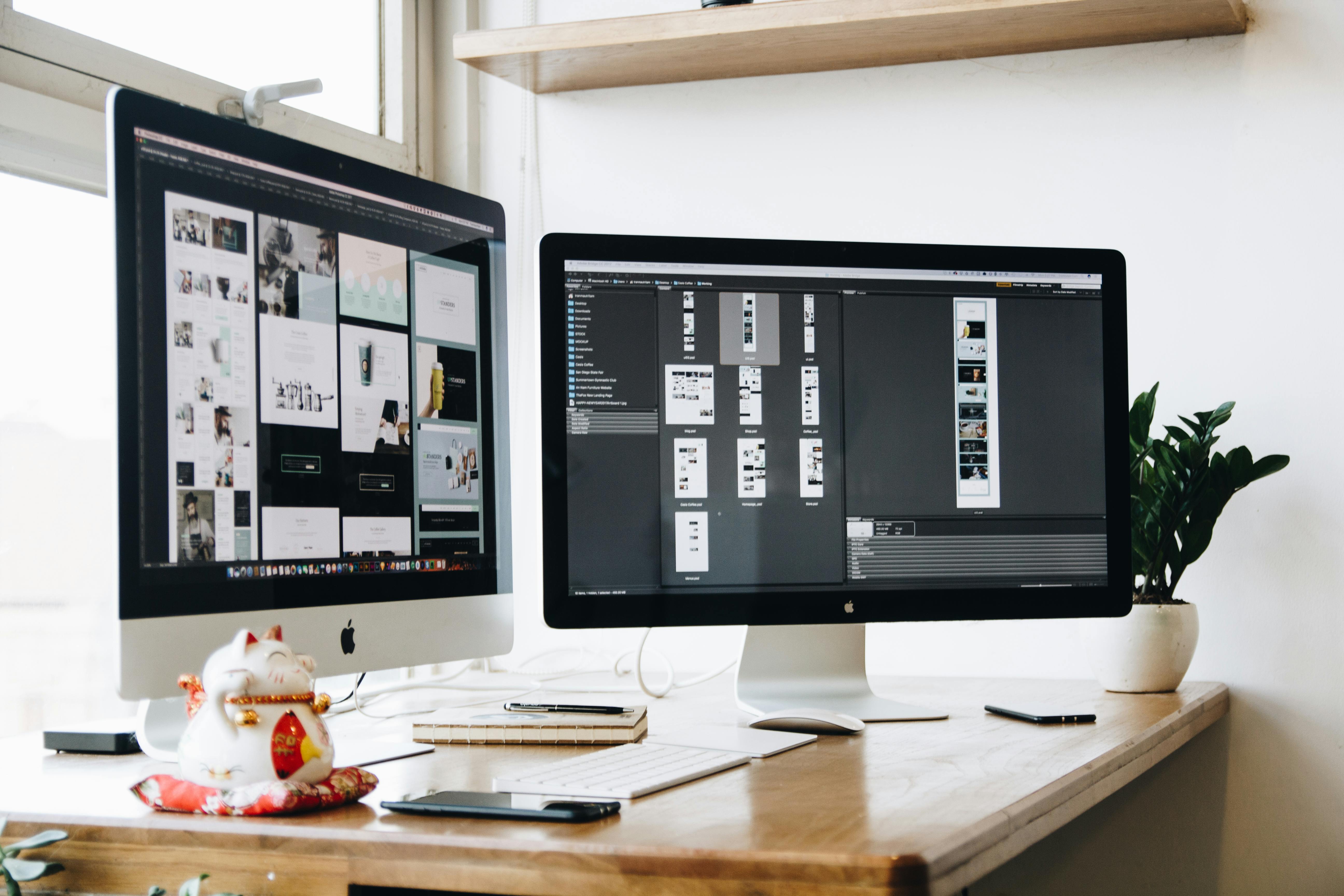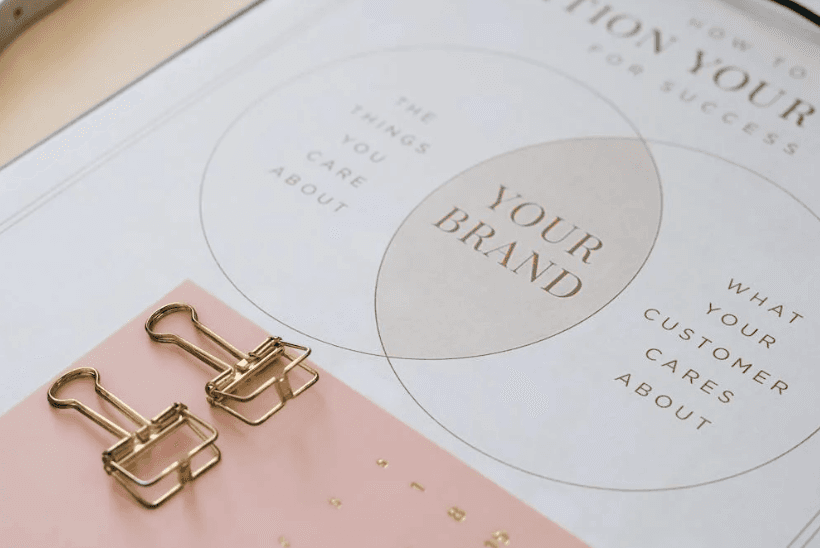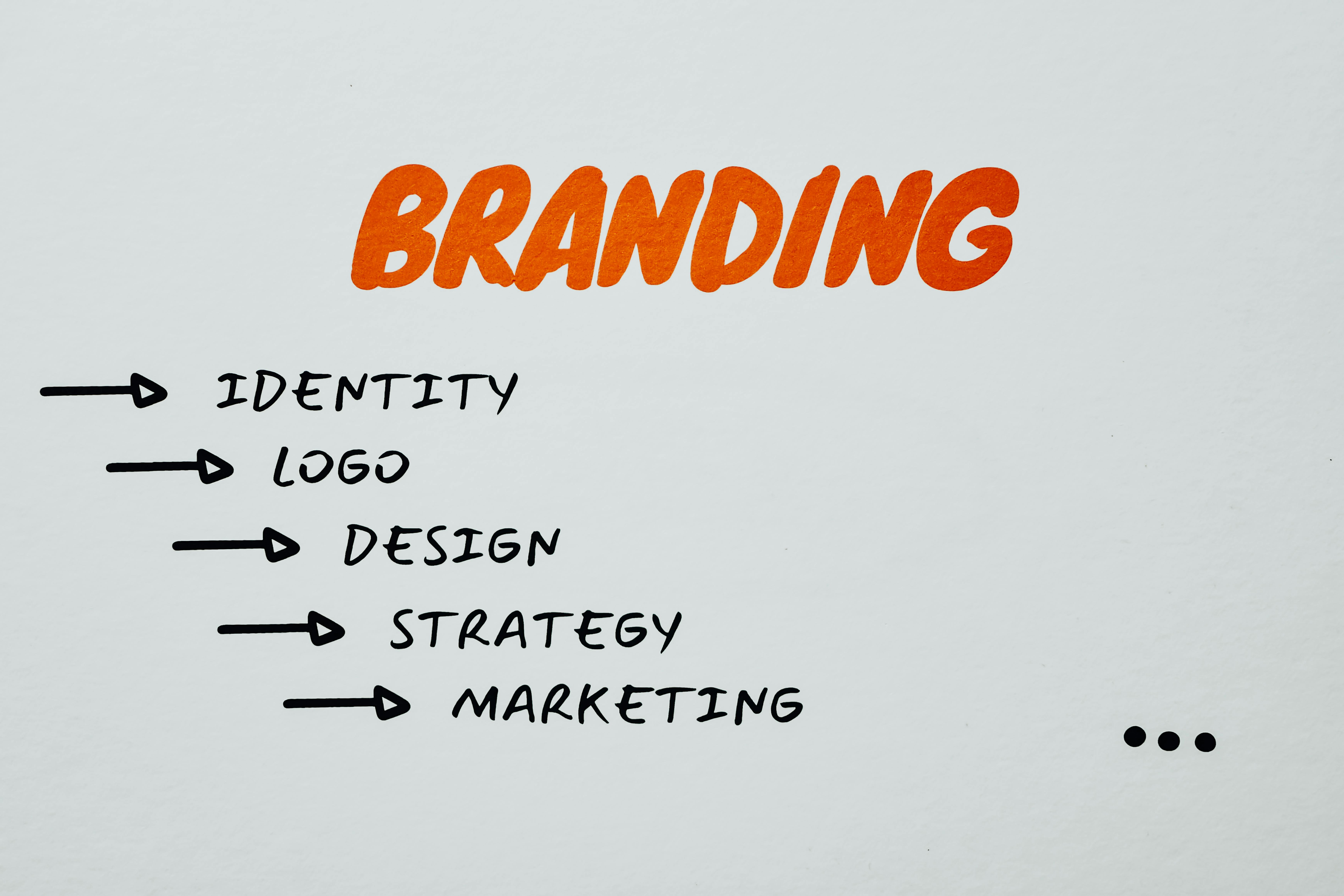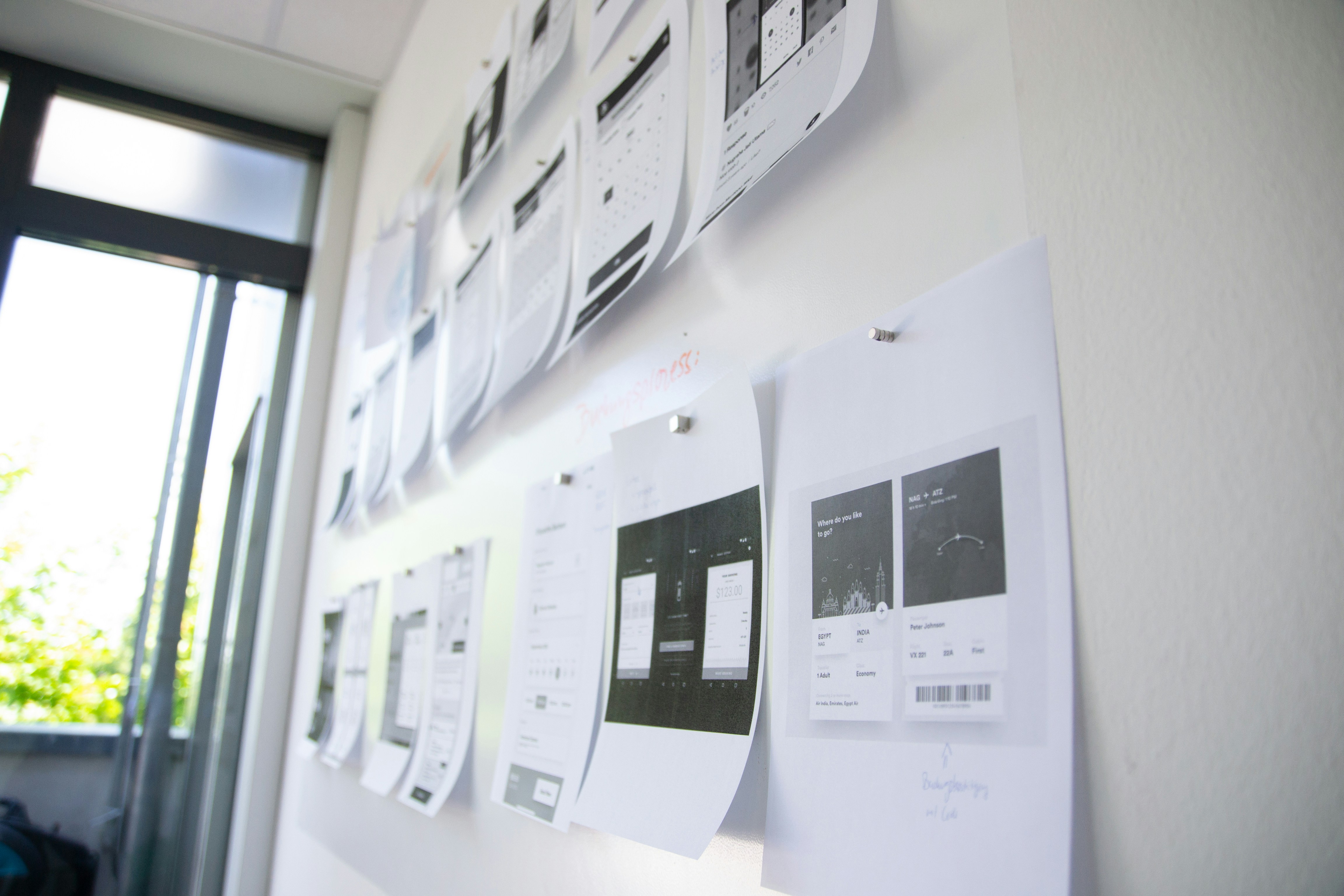
Branding
Strategy
Design
Basics
How to Build a Brand Identity
Nov 11, 2024
Design plays a central role in shaping first impressions and setting the tone for your brand’s identity. Whether you’re building everything in-house or outsourcing parts of the process, here’s how to manage your design efforts effectively and ensure a cohesive, impactful launch.
1. Define Your Brand’s Visual Identity
Before creating any content, you need a clear visual identity. This includes:
Logo: A simple, memorable logo that reflects your brand’s personality.
Color Palette: Stick to 3–5 core colors for consistency.
Typography: Choose 1–2 fonts that represent your tone (modern, playful, professional, etc.).
Imagery Style: Define whether you’ll use illustrations, photography, or a mix.
Create a style guide that outlines these elements and share it with your team, freelancers, or partners to ensure everyone is aligned.
2. Strategies for Social Media Design
Social media is often the first place your audience interacts with your brand. Make it count with these strategies:
Plan Ahead: Develop a content calendar with key posts leading up to your launch. Include teasers, countdowns, and behind-the-scenes content.
Platform-Specific Design: Tailor designs for each platform. Instagram loves bold visuals; LinkedIn calls for professional branding; TikTok thrives on engaging video.
Branded Templates: Use tools like Canva or Figma to create reusable templates for posts and stories, keeping your visuals consistent and professional.
Hashtags & Tags: Incorporate branded hashtags and encourage user-generated content to amplify your reach.
Shelf presence is everything. That's why holistic design is so important. You need a brand that can stand out everywhere you place content. Look at brands like Glossier, which use cohesive color palettes and minimalist designs to dominate Instagram.
3. Brand and Video
Video content generates higher engagement and is ideal for storytelling.
Types of Videos:
Brand Story: A short, polished video explaining your mission and values.
Product Teasers: Highlight key features or benefits.
Behind-the-Scenes: Share how your product or brand came to life.
Consistency Matters: Maintain your visual style in all video elements, from colors to transitions.
Tools for DIY: If budget is tight, use platforms like CapCut or Adobe Express to create high-quality videos.
Set up templates for titles, graphics and transitions. Pay more for the templates, and then pass them on to editors to produce the content. This way you're starting with high-quality, branded assets that can be repurposed consistently.
4. Using Freelancers for Design Work
Freelancers can bring fresh perspectives and expertise, but managing them effectively is key:
Hire Specialists: Need an illustration? Hire a graphic designer. Want an engaging video? Look for a motion graphics artist. Platforms like Upwork, Fiverr, or Dribbble can connect you with top talent.
Provide Clear Briefs: Share your brand style guide, goals, deadlines, and examples of what you like.
Use Collaboration Tools: Platforms like Notion, Asana, or Trello can streamline communication and track progress.
Start Small: Test with one or two small projects to ensure the freelancer understands your vision before committing to a long-term partnership.
Again, freelancers are best used when you have an established base. It's hard to find good ones, and it's hard to coordinate them. Starting with a design partner like LaunchBox can give you a foundation to use when working with a specialist freelancer. Once you know how you represent as a brand it's a lot easier to find talent that's a fit.
5. Incorporating AI in Your Design Workflow
AI tools can accelerate your design process and reduce costs while maintaining quality. Here’s how:
AI for Graphics: Tools like DALL·E or MidJourney can generate unique visual concepts or serve as inspiration for your designers.
Content Automation: Canva’s AI tools or Adobe Firefly can help you quickly create branded templates, social media posts, or ads.
Video Production: Tools like Runway ML or Pictory AI can assist in video editing, subtitling, and scene generation.
Copywriting: Use ChatGPT to draft captions, headlines, or even ad scripts aligned with your brand voice.
At LaunchBox we find Canva a useful tool for helping organize and deploy assets. The heavy lifting is done once you've established your brand's character, values and representation. Then it's about efficiently creating new assets based on that foundation. That's where AI can help you scale.
6. Tie It All Together with Cohesion
A brand launch is about creating a unified experience across all touchpoints. Ensure that your social media, website, emails, and ads all feel connected visually and tonally.
Conduct Pre-Launch Reviews: Assemble your team to review all assets for consistency and quality.
Monitor and Adapt: Track engagement metrics during the launch and adjust your strategies or visuals based on audience feedback.
Managing design for a brand launch is a balancing act between creativity, consistency, and efficiency. Starting with a design partner like LaunchBox can give you a strong foundation to build on.
Remember: Your design isn’t just about looking good—it’s about communicating who you are and why people should care. Nail that, and your brand is off to a winning start.


